10 Traditional African Hairstyles And Their Origin

One symbol of Africa’s rich cultural heritage is the traditional African hairstyles. It distinguishes one culture from one another. In ancient African societies, the hairstyle was a significant element. It symbolizes status—economic, marital, and social. It was also used as an instrument of spiritual divination.
Today, many of those traditional African hairstyles have crossed the Atlantic into the western world. While some are almost extinct, many remain peculiar to their origins. Oftentimes, they even help to identify individuals belonging to certain ethnic groups.
In this article, we made a list of 10 prominent traditional African hairstyles, presenting their historical background, and present-day appeal. However, before we go on, we would like to give you a few tips that you may not know about African hair.
Why is African hair so different from European and American hair?
The first thing that you will likely notice about the texture of African hair is that they are hard. This is particularly true for Africans native to Western, Eastern, Central, and Southern Africa. The hair of Africans from the aforementioned locations produces more oils than Asian hair.
This oil keeps the hair hydrated and protects it from excessive exposure to harmful rays of the sun. Unfortunately, due to tight curls, the oils don’t circulate evenly along the hair fiber. This explains why Africans still rely on hair moisturizers and oils to protect their hair.
ALSO READ: 20 Cool Hairstyles for African American Girls
Well, that is one of the reasons why traditional African hairstyles are important. Some of them are protective or coat the hair with materials that keep them safe from the harmful effect of UV rays.
For example, the traditional African hairstyles of the Himba people are coated with goat hair, butter, and red ochre mixture. This mixture protects the hair from harmful sun rays and keeps it glowing while it last.
What do braids represent in Africa?
Braid was one of the predominant traditional African hairstyles in the past. Different tribes had a peculiar way they braided their hairs as you will see shortly. Interestingly, the way you braid your hair could tell people a lot about you in traditional African societies.
By simply looking at the pattern of your braid in the past, someone could tell your tribe or marital status. Someone could even tell if you were a virgin or not simply by looking at your hair. Weird, right? That made braiding a form of social art.
However, that line has become thinner. Millennials are more concerned about getting a hairstyle that would complement their face contours and bother less about their meaning.
So, if you wanted to ask ‘why is hair so important to Black culture, you know the answer now. Another interesting fact about African hair is that it is unique to the continent. While some parts of Asia and Southern Europe have black hair, they are nothing in texture compared to the spongy feel of black African hair.
ALSO READ: 15 Fascinating Crochet Braid Hairstyles For Hair Growth
1. Amasunzu

Amasunzu finds its roots among the Tutsi and Hutu people of Rwanda. Dating back over 500 years, this traditional African hairstyle was worn by people of all social and marital statuses. Warriors wore it to signify strength and bravery. Single young girls wore it as a symbol of their virginity.
It was a hairstyle of class as only the traditional elite flaunt it. Amasunzu is a way to beautify the body. It was a symbol of pride for the black hair. This style relies heavily on the body frame of the wearer. It is a collection of rows of hair styled into crescent shapes with sharp contours.
Since Amasinzu is held loosely, it tends to ruffle easily. Make sure you always have a hair sheen handy to restore the glow.
2. Bantu Knots
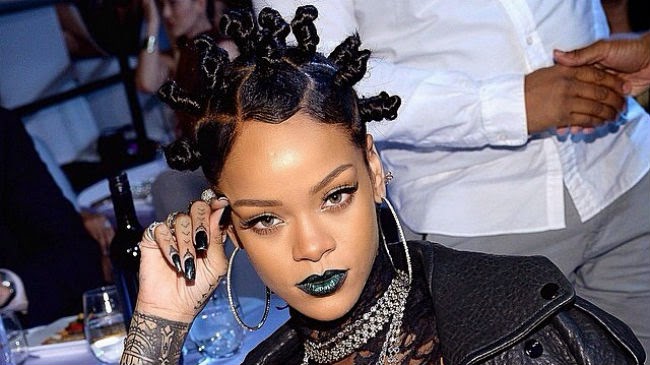
Bantu Knots is a traditional African hairstyle that originated among the Zulu people of Southern Africa. Throughout its existence, women have worn it as a symbol of femininity and status. The Bantu hairstyle is one in which the hair is divided into sections, twisted, and then wrapped to form spiral knots.
Although this traditional African hairstyle originated from the Zulus, Bantu is a word that means ‘people’ in over 300 African languages. Little wonder it has become so popular among Africans and African Americans. In other words, it is an unofficial black people’s hairstyle.
Bantu knots are really easy to manage and can last an upward of 4 weeks. All you need is a styling gel to keep your edges down to bring out the hairstyle’s glow.
3. Fulani Braids
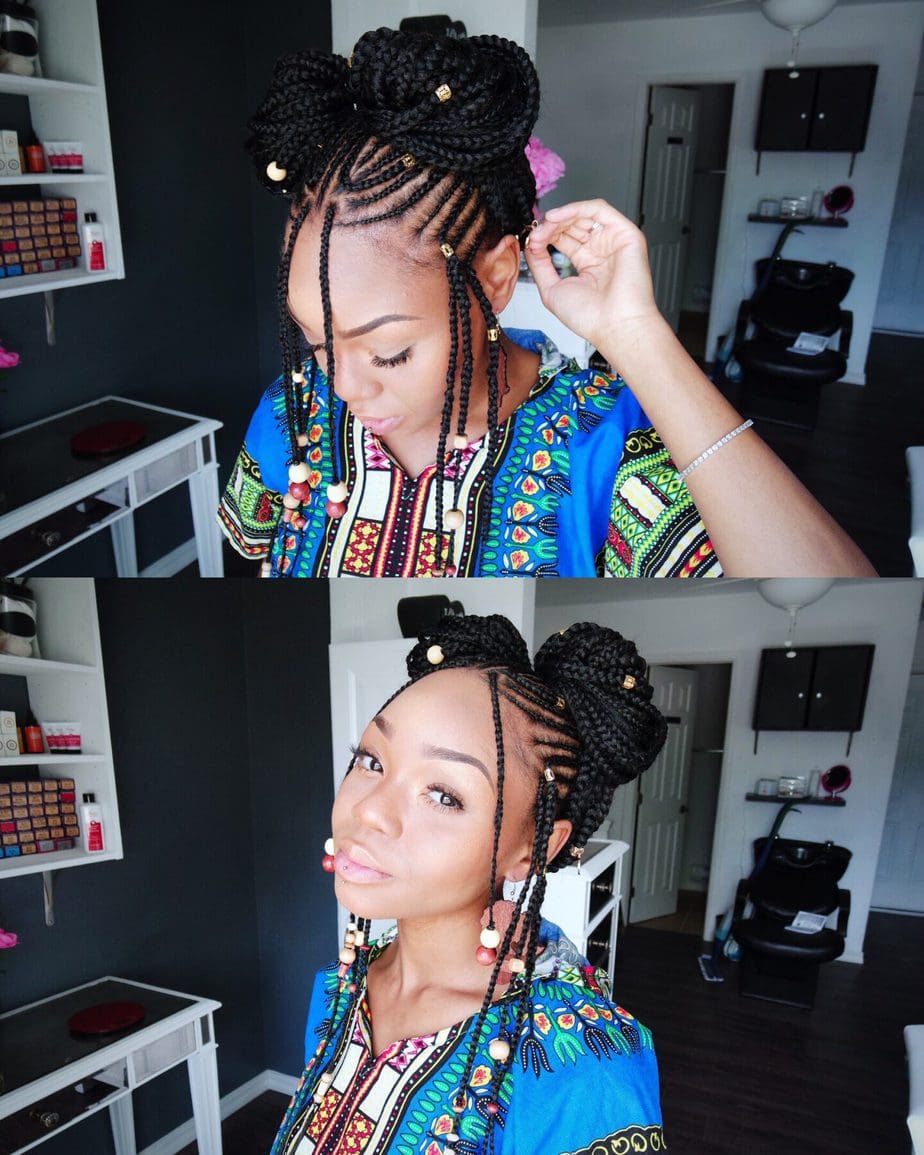
This traditional African hairstyle is indigenous to the Fulani people of West Africa. Having originated among them thousands of years ago, the hairstyle remains a symbol of identity for Fulani women.
Fulani braid is made by parting the hair in the middle (and side). Then, they are braided into tiny cornrows. Most times, wearers adorn them with hair accessories such as rings and beads. This traditional African hairstyle is becoming a fashion trend and gaining attention among other ethnic groups.
ALSO READ: 8 Tips To Grow Your Natural Hair Faster
Fulani braids take an awfully long time to make. However, if you can endure the pain from your burning buttocks, the outcome is always gorgeous. Anyone with black hair can wear the Fulani braids.
4. African Threads
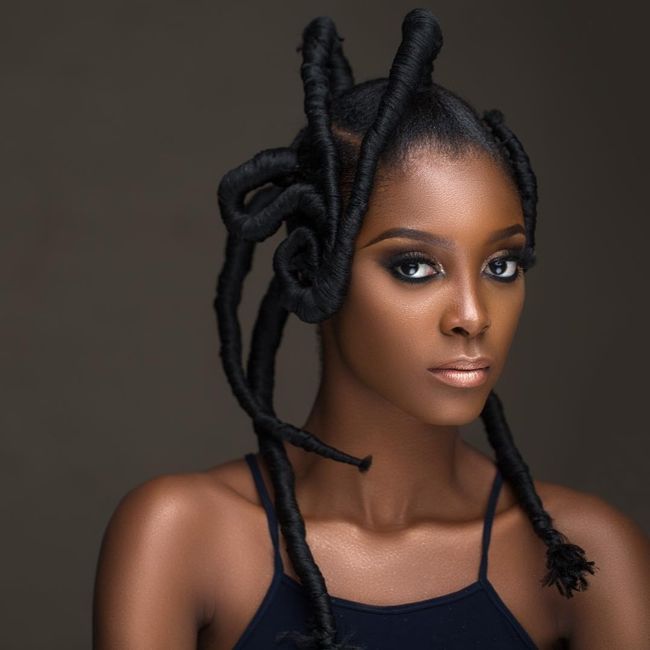
African thread is a very common traditional African hairstyle all over the continent. The use of threads for braiding hair is common among the Yoruba people of southwestern Nigeria. Over time, threads have become popular all over West Africa.
Among the different Africans tribes, threads have diverse names including Los, Eko Bridge, Akula, Sunga, etc. It is a natural hair straightener, which has been a major part of hair care routines for centuries. Depending on the quality of the thread, it can last upward of 6 weeks.
Also, it is a protective style that features many sectioned parts of the hair wrapped in threads. Perhaps, the reason why this traditional African hairstyle has gained global acceptance is because of its versatility. There is no limit to how you can style it.
5. Zulu Topknots

As the name implies, this African traditional hairstyle traces its origin to the Zulu people of southern Africa. In the early centuries, women in these communities used the style as a status symbol—only members of the ruling class wore them.
These days, although still heavily worn by Zulus, Topknots have permeated other cultures, such as the Ethiopians and Somalis. Zulu Topknot is made from hair gathered into knots and stretched into sections with a tie. Some women adorn their knots with jewelry.
6. Ochre Dreadlocks

Ochre deadlock is a cultural symbol of the Hamar tribe of Ethiopia. When the Hamar people came to settle in the Omo Valley, they blended into the society of nomads that they met there. Together with these nomads, they invented this traditional African hairstyle and called it ‘Goscha’.
Hamar women create their deadlocks by binding resin with water, sectioning their hair, and using the mixture to style the hair into locks. To add some beauty, the women wear colorful beaded jewelry.
7. Himba Dreadlocks

Himba is a tribe in Northwestern Nambia. For the Himbas, dreadlocks symbolize age and life. Himba stylists use a mixture of butter, ochre, and goat hair to create the locks. They also use hair extensions and ornamental accessories for beautification.
Usually, teenagers wear strands of their dreadlocks hanging over their faces to symbolize their entrance into puberty. When these teenagers are ready to marry, they tie these dreadlocks to display or ‘reveal’ their faces.
This traditional African hairstyle doesn’t take quite a long time to make like let’s say Ghana braids. However, they last really long. It is probably a great choice for someone with a slim budget that doesn’t want to change hairstyle all the time.
8. Edamburu

Popularly known as the braided crown, Edamburu is an African traditional hairstyle native to the Mangbetu people of Congo. Edamburu is simply thin braids intricately woven into a crown. The coiffure is impressively used to appreciate the culture of skull elongation among the Mangbetu people.
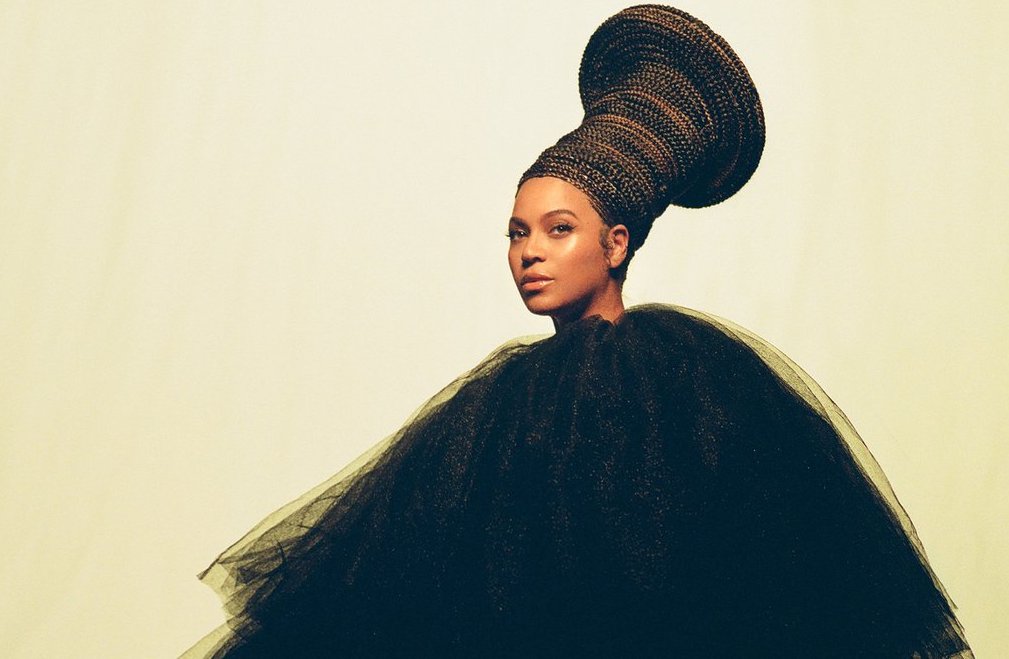
ALSO READ: 30 Natural Hairstyles That Are Easy To Do At Home
9. Ngala

Ngala is a traditional hairstyle that is native to the Igbo people of Nigeria. Among the Igbos, it is a symbol of pride and elegance for women. Igbo women usually wear Ngala on special traditional festivals, traditional marriages, and coronations.
This hairstyle is unique. Regardless of the hair texture of the bride, creative hairstylists use hair extensions to work their magic. A key feature of Ngala is the adornment of the style with Igbo beads for added elegance.
10. Sahrawi Cornrows

Sahrawi Cornrows are indigenous to the Sahrawi people of North Africa. Because North Africans have curly hair, their traditional styles are few. The Sahrawis wear cornrows in the typical Sahelian form; two sections running through the middle.
In most cases, they leverage hair extensions to form two smaller braids that run down to the arms. The hair texture of North Africans is usually closer to that of the Westerners. Perhaps, it is because of their close relationship with the Middle East.
Conclusion
Basically, there are four types of hair namely straight, wavy, curly, and coily. Africans in the Southern hemisphere fall into the coily hair texture. This hair texture comes with its unique challenges. However, Africans found a way to go around it by creating various hairstyles.
The first thing that you will probably notice is that some of the hairstyles have become so popular that their origin seems lost. Inasmuch as losing the origin of any hairstyle is not something to be proud of, the popularity keeps them from going extinct.
We agree that this is not an exhaustive list. However, we would want to hear from you. Which hairstyle is native to your tribe, let us know in the comment section.




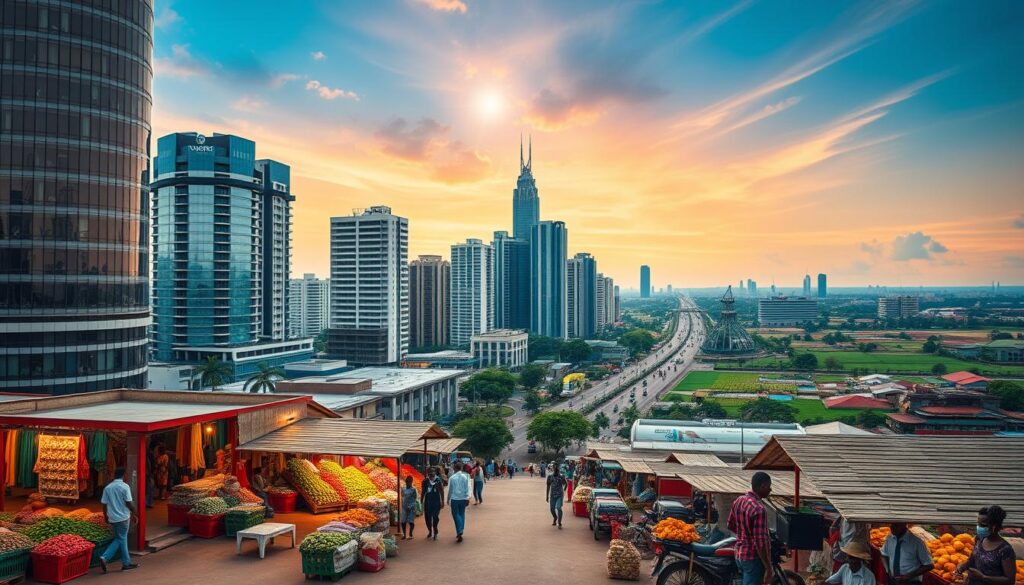


Hi Chidera,
Thank you for making this informative article. I enjoyed learning about the origins of the selected hairstyles. I’m currently in my final year of grad school, and I’m researching the relationship between architectural space and Black cultural haircare for my thesis in the spring. I understand the origin of my topic of interest is based in African culture, and I’d like to know if you would mind sharing your sources to help me enhance my research. Thanks again, and I hope to hear back from you!
I have not seen a single source to support any of the presented material or even references to other established information. We’re supposed to simply accept it because you say so? Nope, hard pass, don’t believe you.